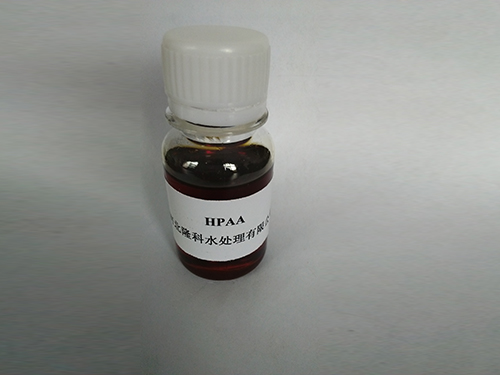poly aluminum chloride water treatment
Poly Aluminum Chloride in Water Treatment
Water treatment is a critical process in ensuring the supply of safe drinking water for communities worldwide. Among the various chemical coagulants used in water treatment, Poly Aluminum Chloride (PAC) has gained significant attention due to its effectiveness and environmental benefits. This article will delve into the properties, advantages, and applications of PAC in water treatment.
Poly Aluminum Chloride is a synthetic polymer formed from the combination of aluminum chloride and aluminum hydroxide. It is primarily used as a coagulant in water treatment to remove suspended solids, turbidity, and harmful microorganisms. PAC is favored over traditional coagulants like aluminum sulfate due to its higher efficacy at low concentrations, which results in less sludge production and reduced chemical costs.
One of the most notable advantages of PAC is its ability to function effectively across a wide range of pH levels. This flexibility makes it suitable for various water sources including surface water, groundwater, and wastewater. PAC creates a stable and effective floc that can efficiently capture contaminants during sedimentation. This enhanced flocculation leads to better removal rates of organic matter, color, and particulate matter, ensuring clearer and cleaner water.
The mechanism of action of PAC involves a multi-step process. Initially, the PAC dissolves in water, releasing positively charged aluminum ions. These ions neutralize the negatively charged particles present in the water, such as silt and clay. Once neutralized, these particles can agglomerate into larger particles or flocs. The flocs are then removed during the sedimentation and filtration processes, leading to cleaner water.
poly aluminum chloride water treatment

Another important feature of PAC is its reduced environmental impact. The use of PAC can minimize the production of sludge compared to traditional coagulants. This is an essential factor in modern water treatment, where sludge disposal can be challenging and costly. Overall, PAC not only improves water quality but also contributes to more sustainable water management practices.
In addition to drinking water treatment, PAC is also widely used in various industrial applications such as paper manufacturing, cosmetics, and food processing. In these industries, PAC acts as a clarifying agent, eliminating impurities and enabling the production of high-quality products. The versatility of PAC extends to wastewater treatment, where it helps to remove heavy metals, phosphates, and other pollutants, contributing to environmental protection and regulatory compliance.
As the world faces increasing water scarcity and pollution challenges, the demand for effective water treatment solutions continues to rise. Poly Aluminum Chloride is positioned as a reliable option that meets the needs of both municipal and industrial water treatment facilities. Advances in PAC formulations and applications suggest a promising future for this coagulant, with ongoing research focused on optimizing its performance and exploring new uses in water treatment processes.
In conclusion, Poly Aluminum Chloride offers numerous advantages in the field of water treatment, including improved coagulation performance, reduced sludge production, and versatility in various applications. As water quality issues persist globally, embracing efficient and eco-friendly solutions like PAC will be essential for ensuring safe and reliable water supplies. By harnessing the capabilities of PAC, we can move towards a more sustainable future in water management, safeguarding our most precious resource for generations to come.
-
Water Treatment with Flocculant Water TreatmentNewsJun.12,2025
-
Polymaleic AnhydrideNewsJun.12,2025
-
Polyaspartic AcidNewsJun.12,2025
-
Enhance Industrial Processes with IsothiazolinonesNewsJun.12,2025
-
Enhance Industrial Processes with PBTCA SolutionsNewsJun.12,2025
-
Dodecyldimethylbenzylammonium Chloride SolutionsNewsJun.12,2025





